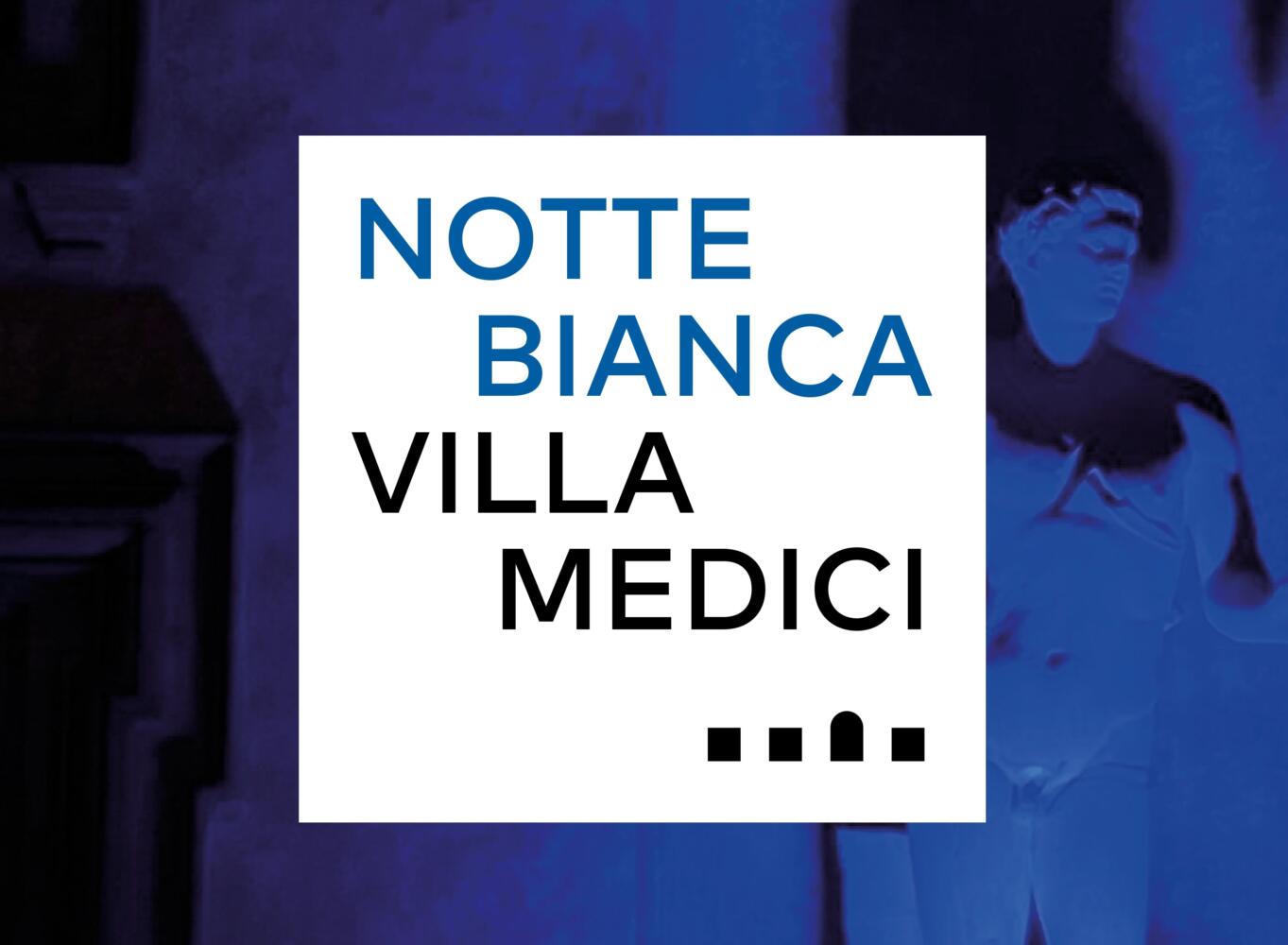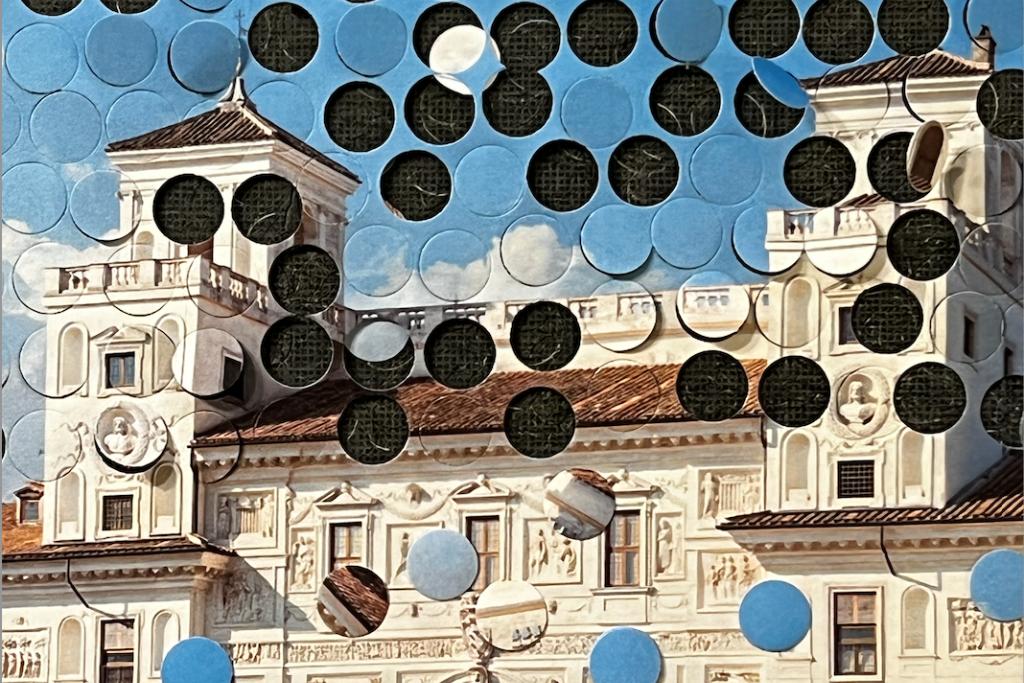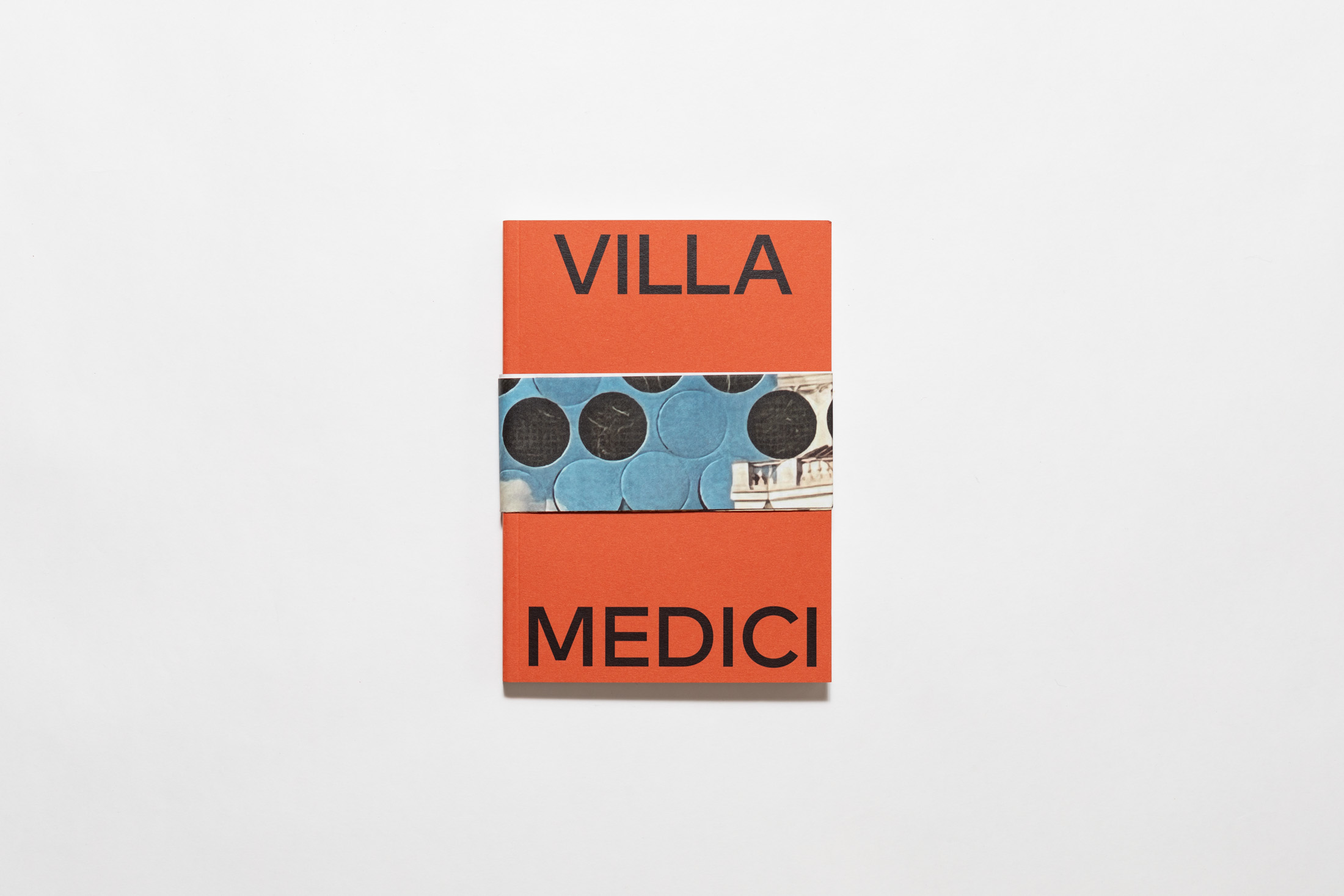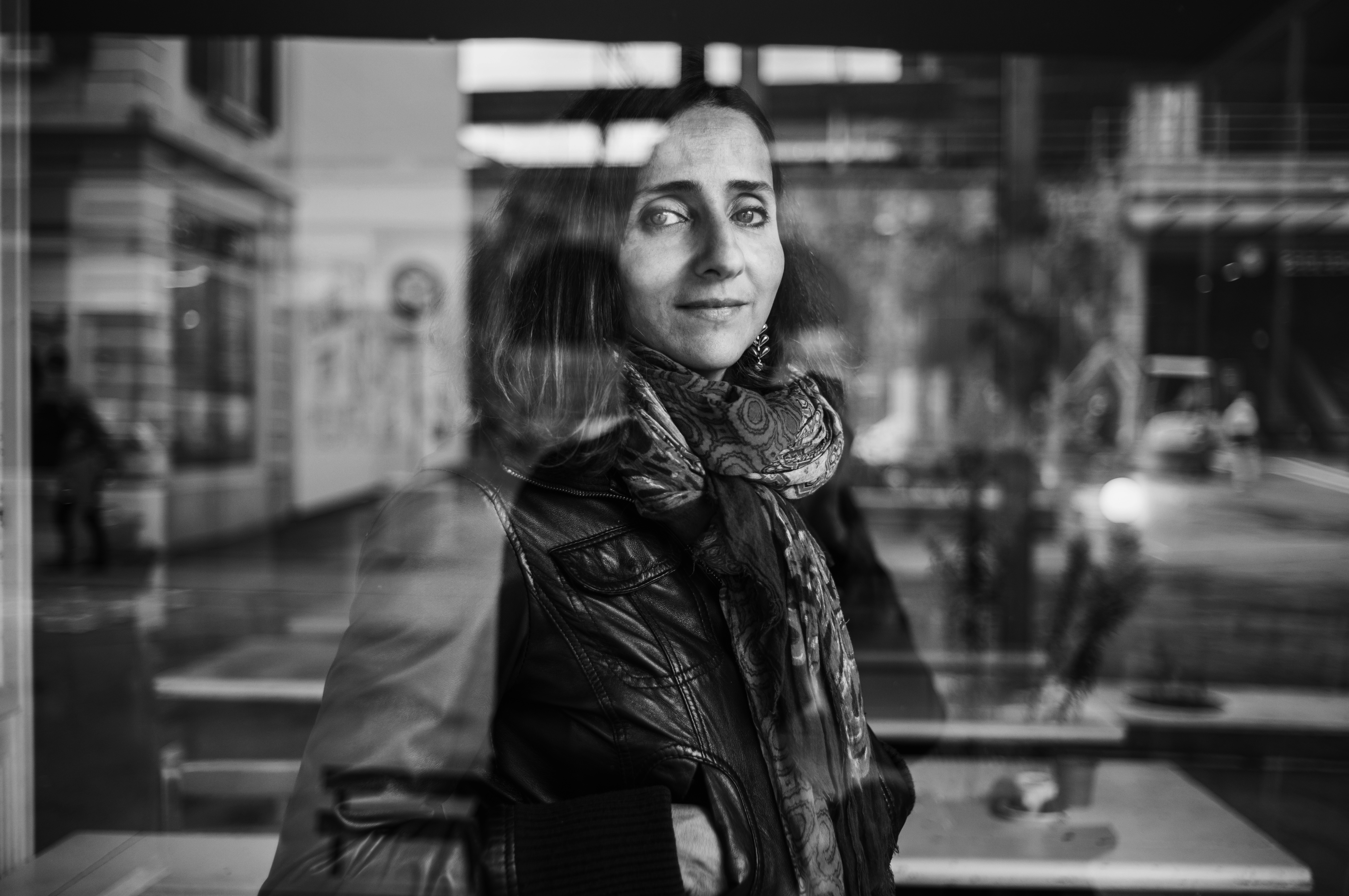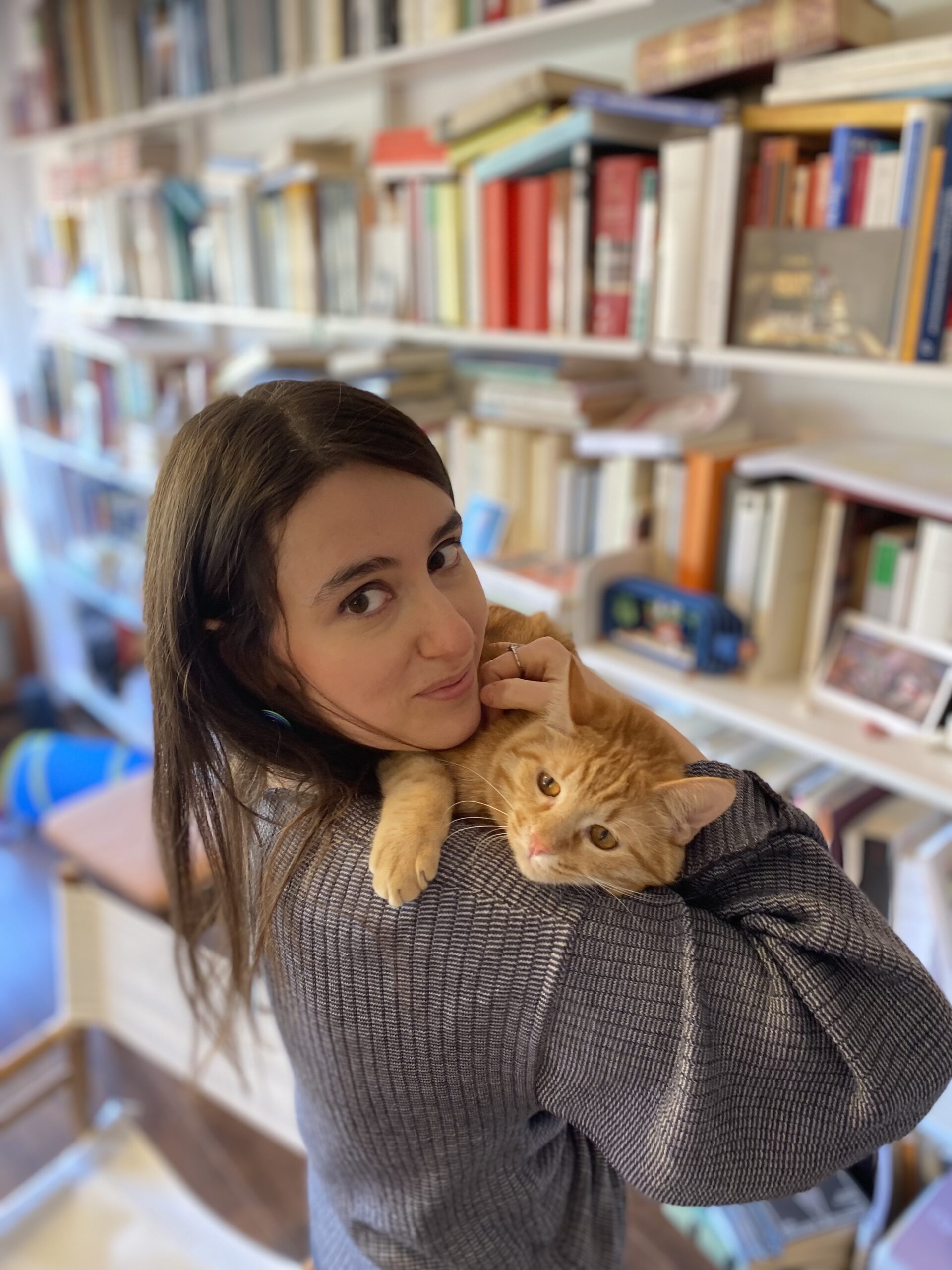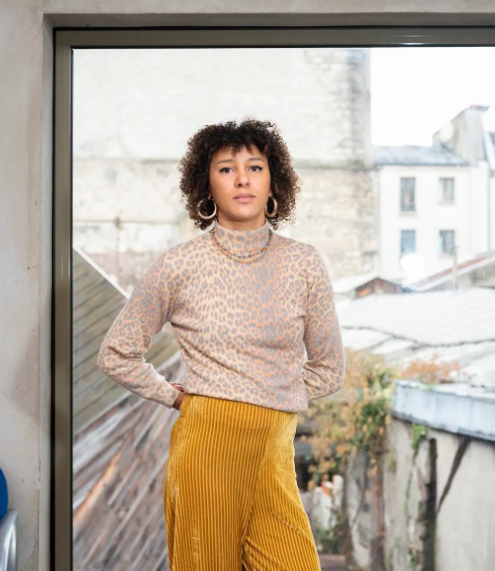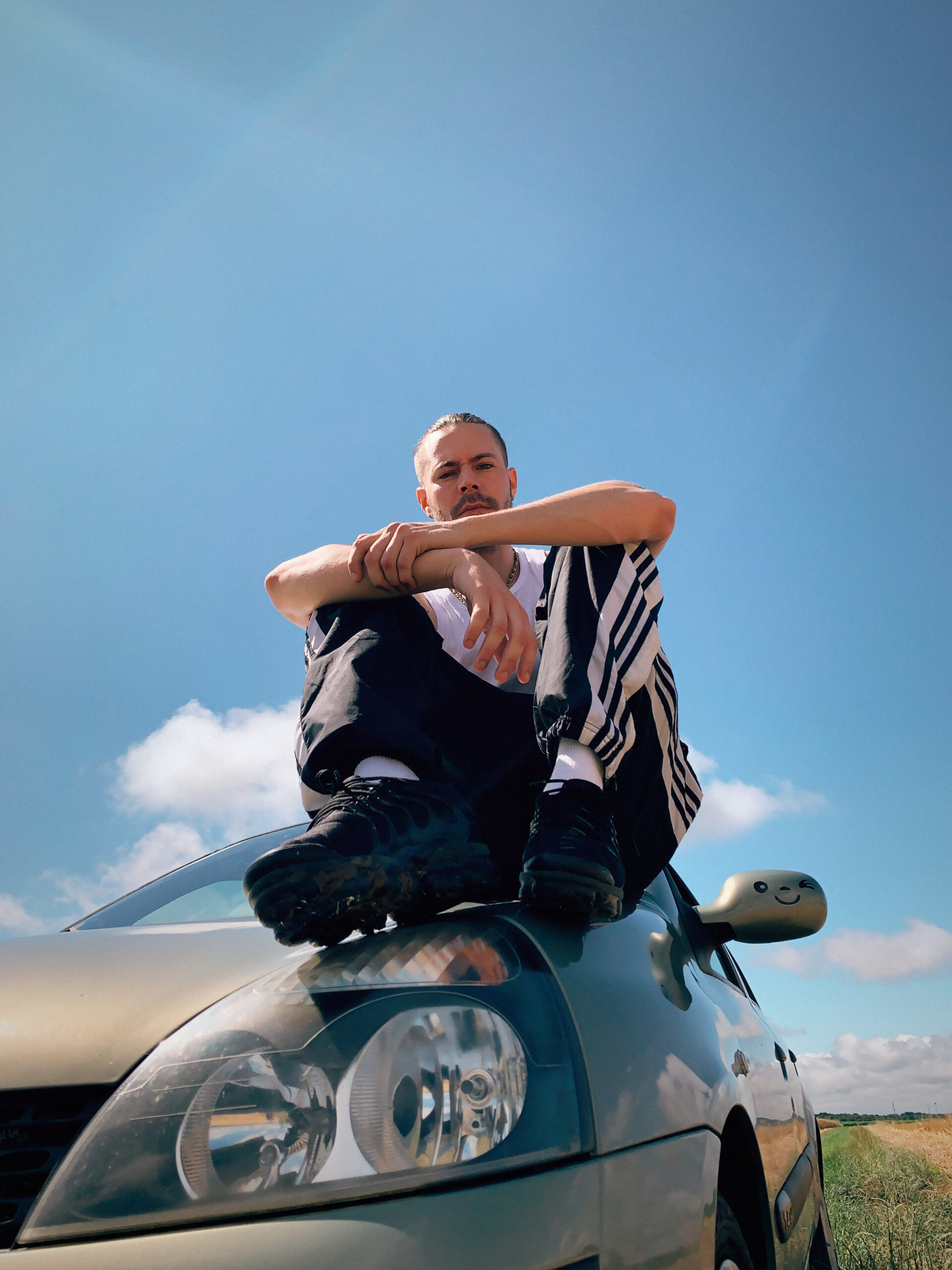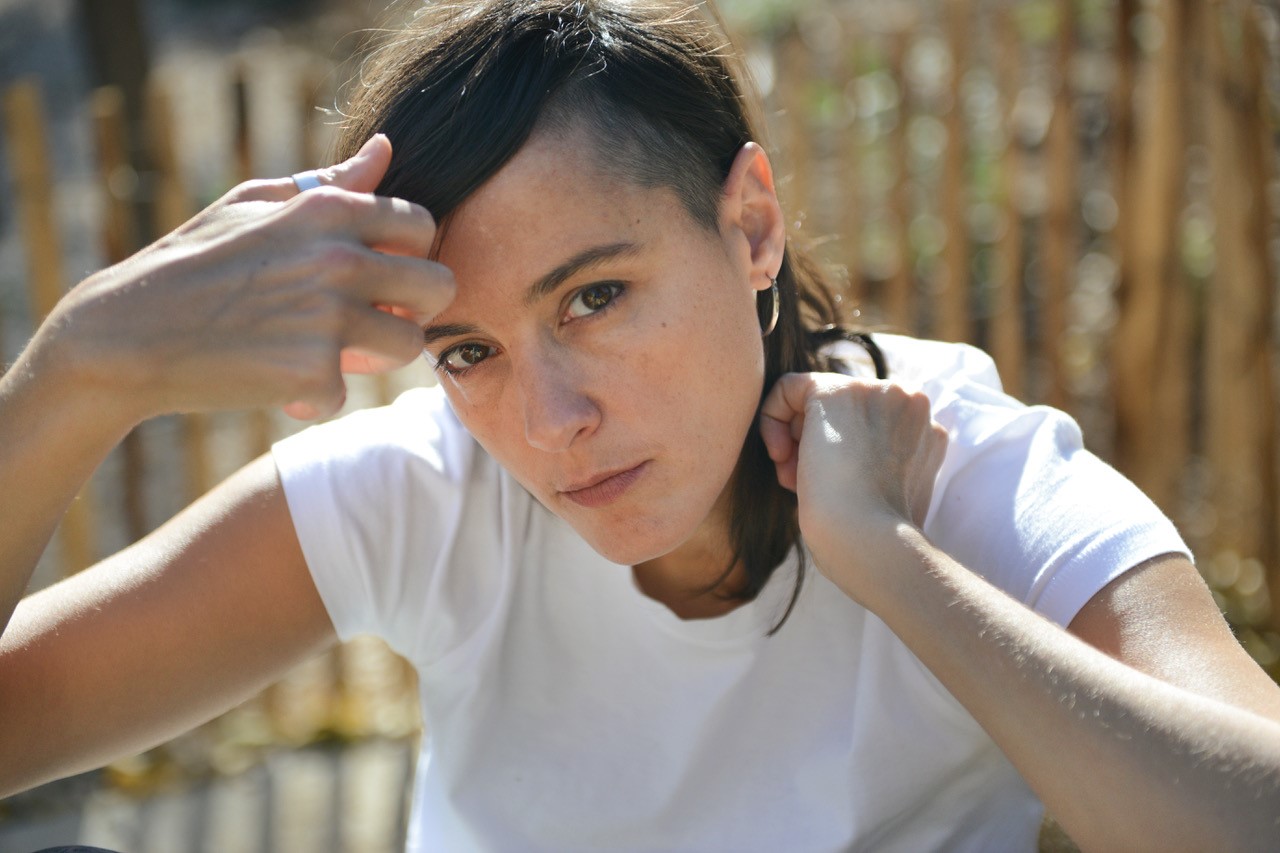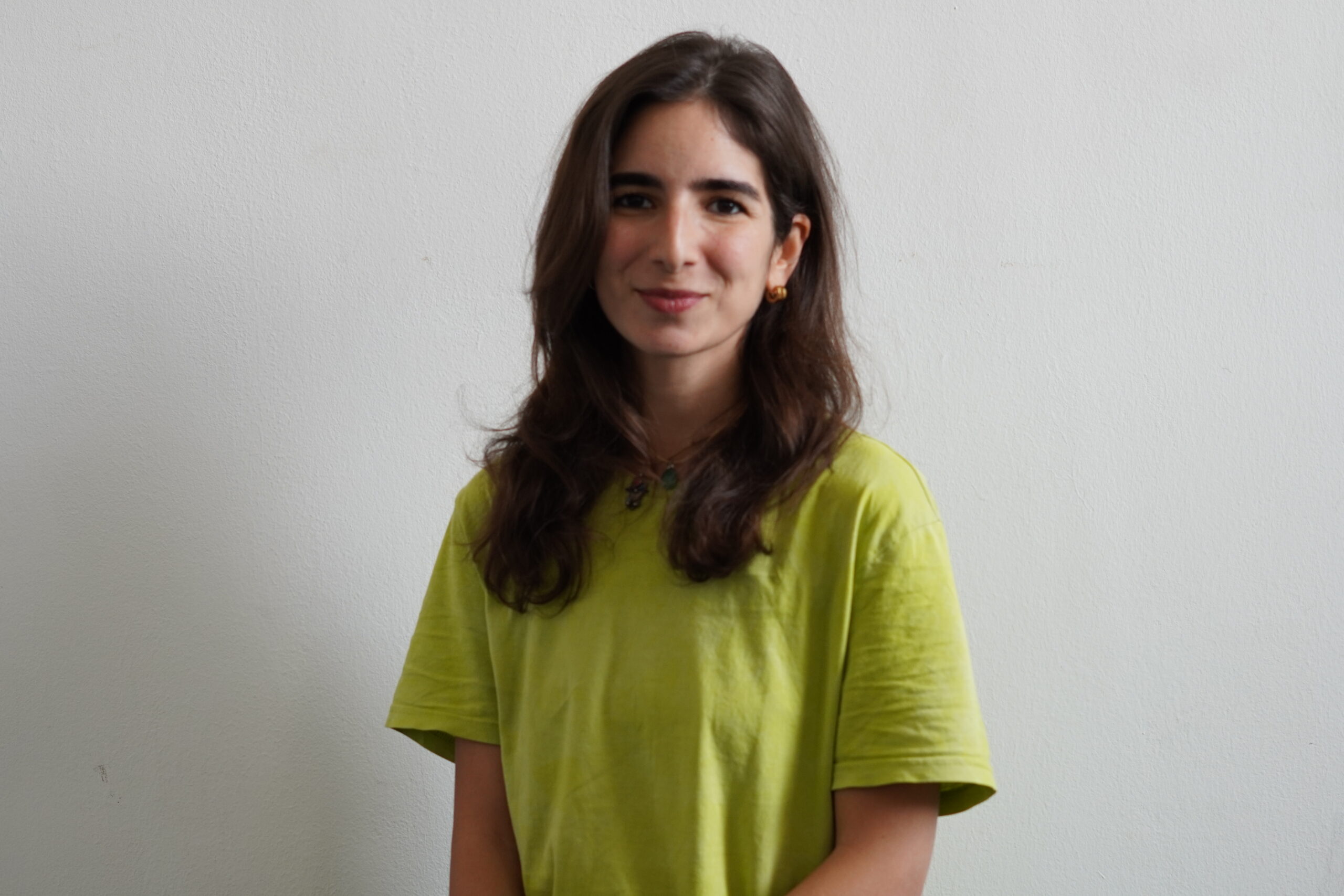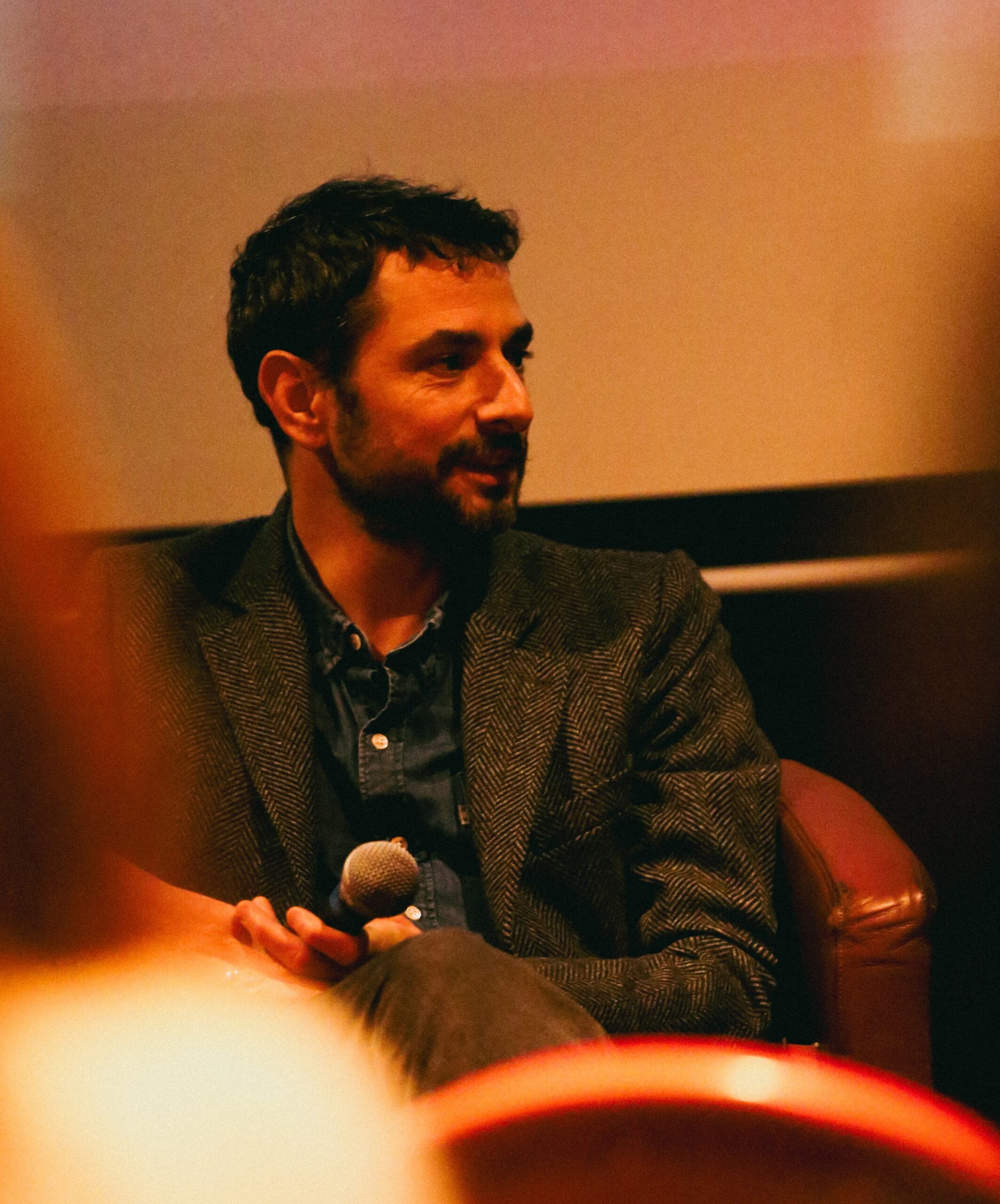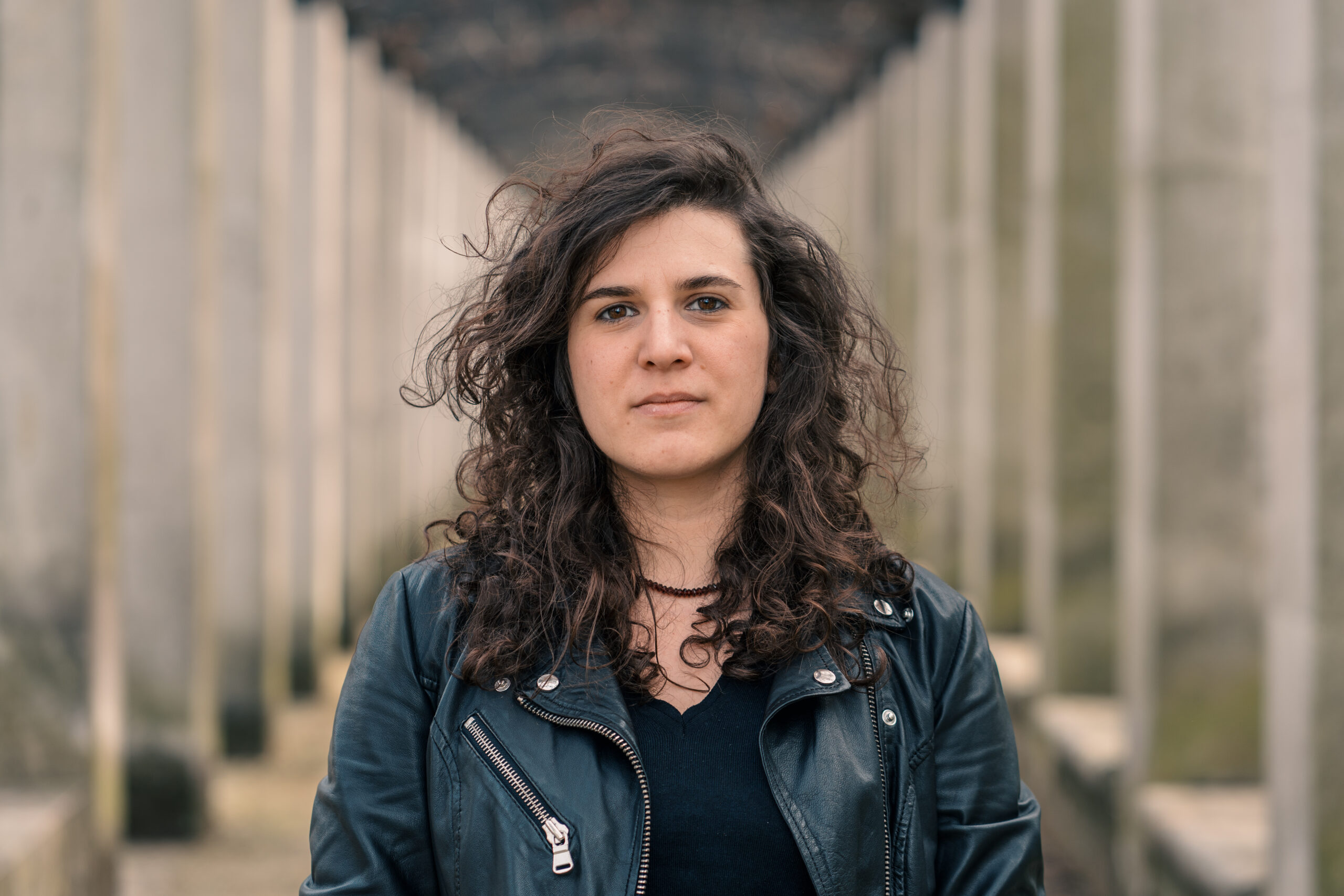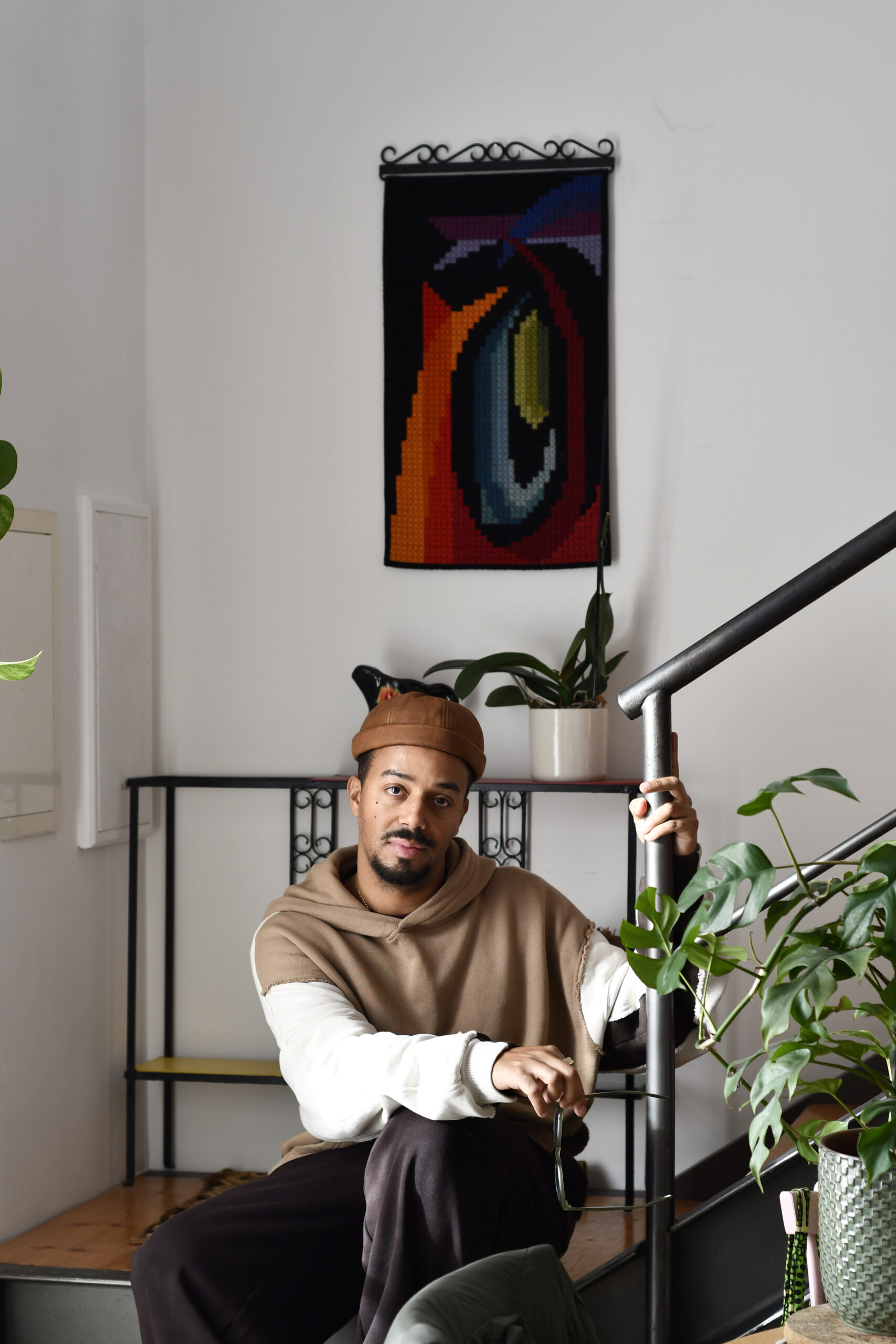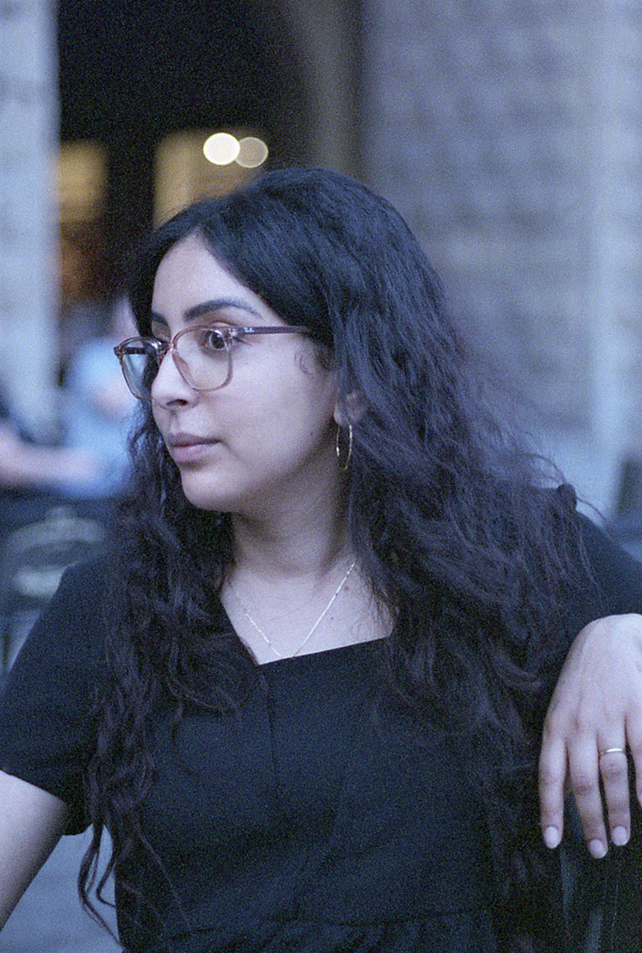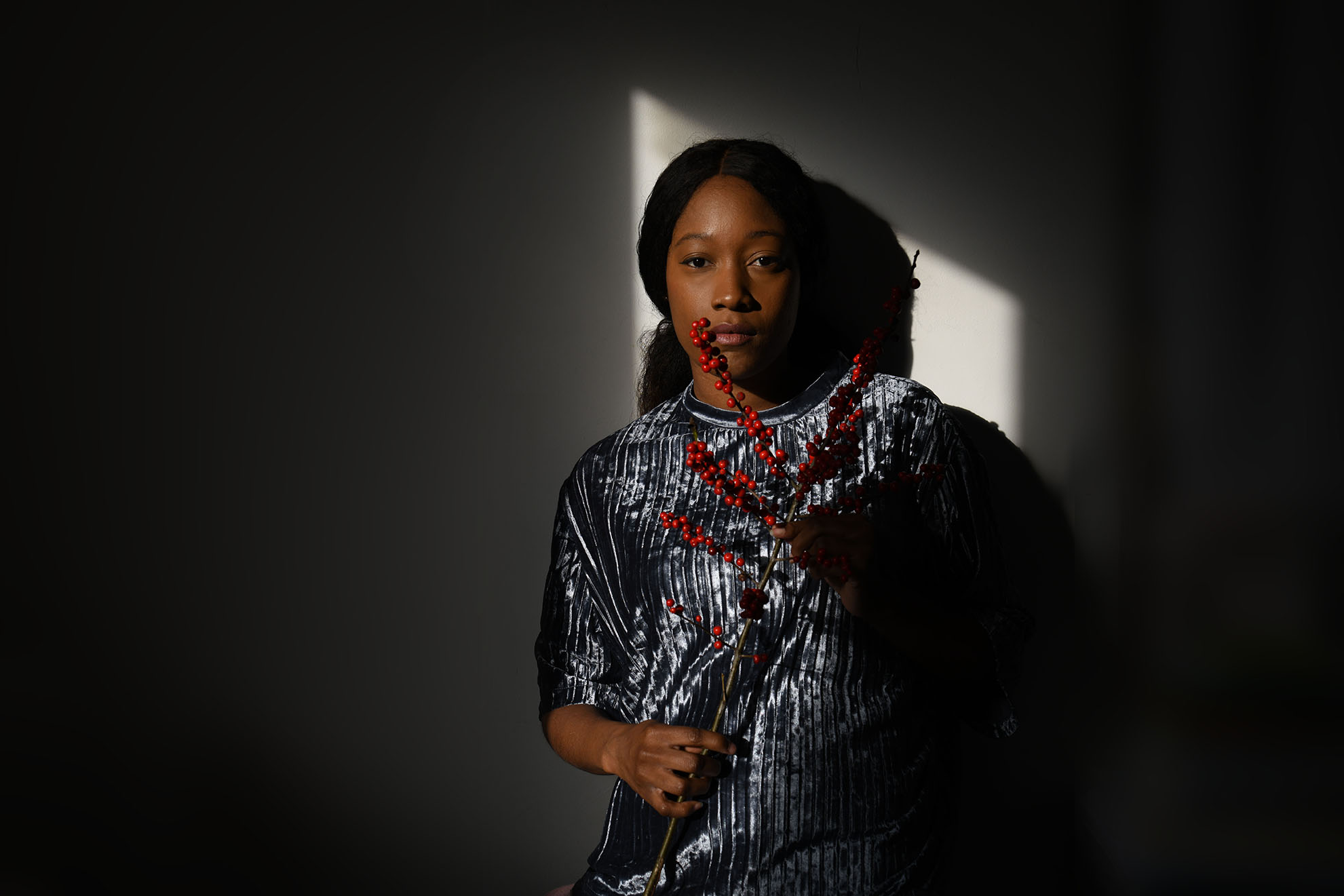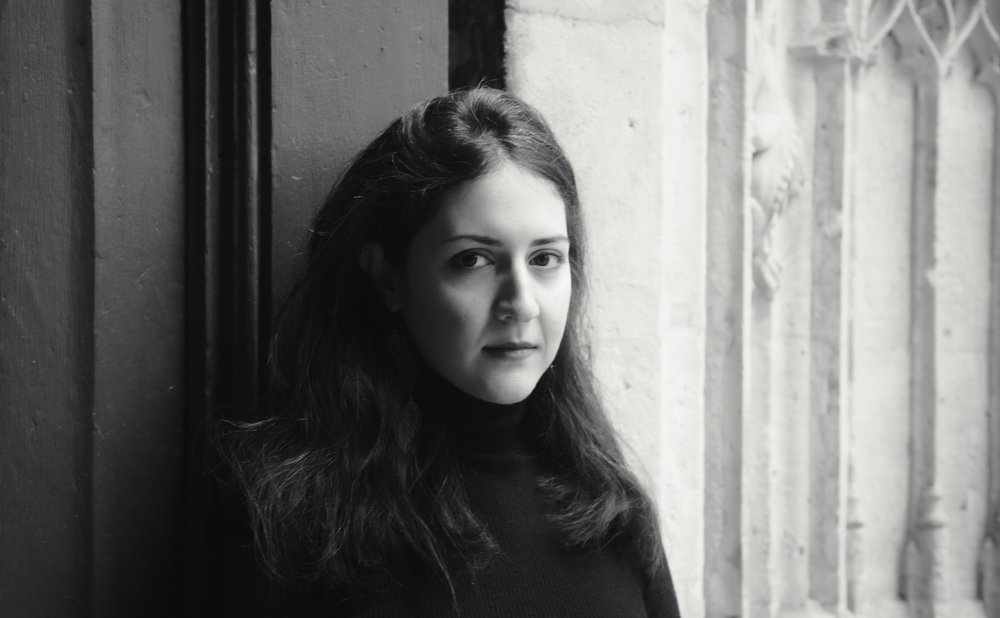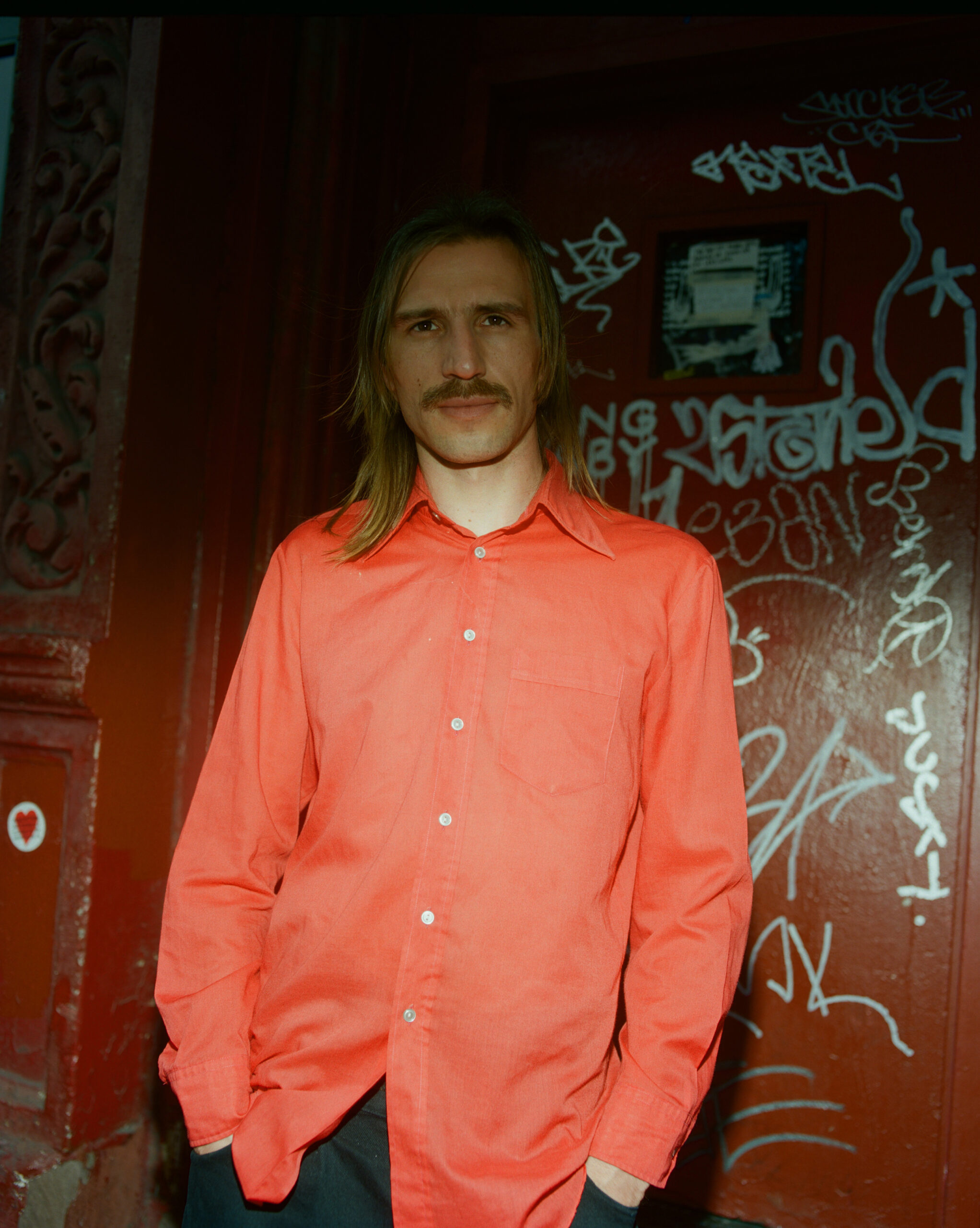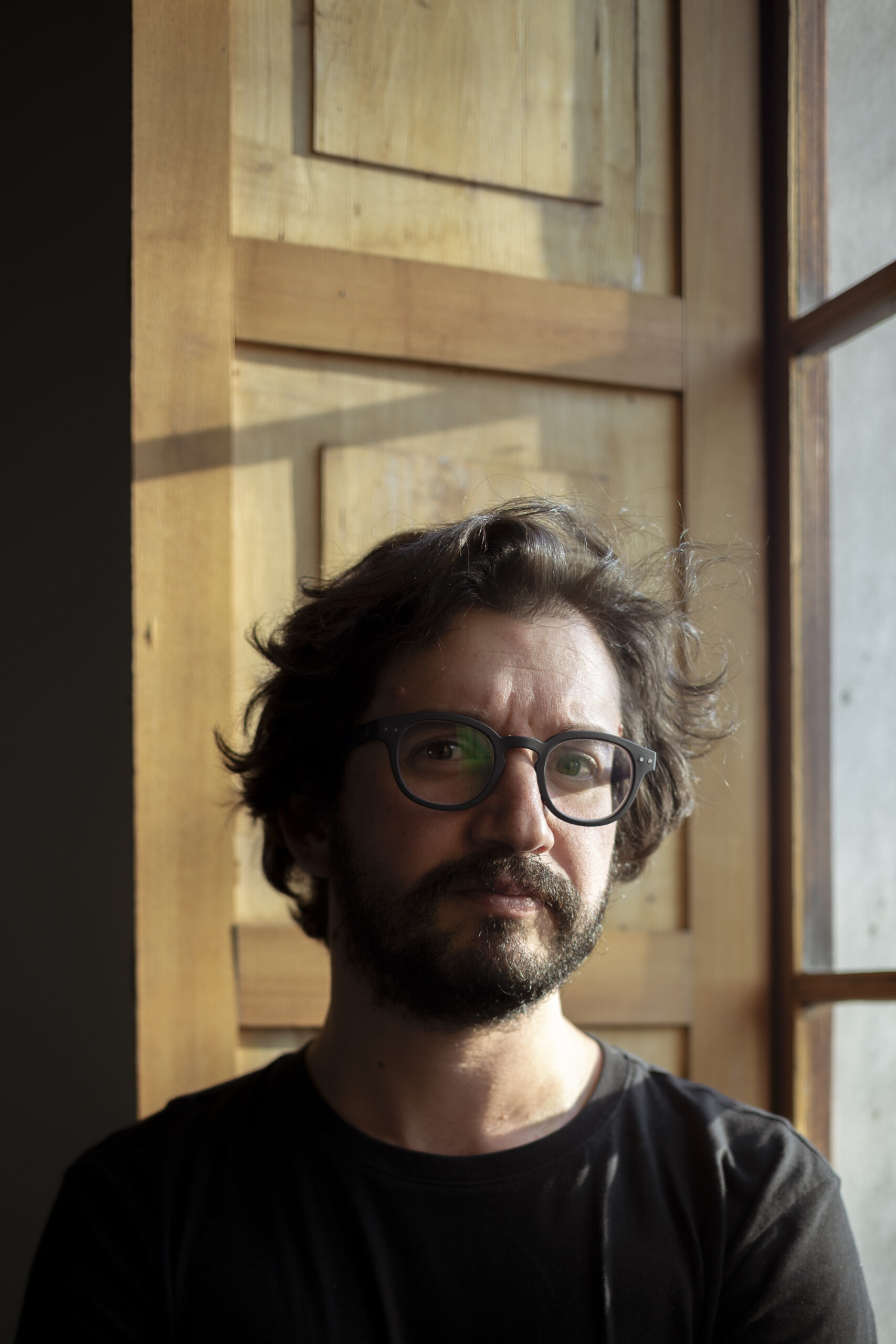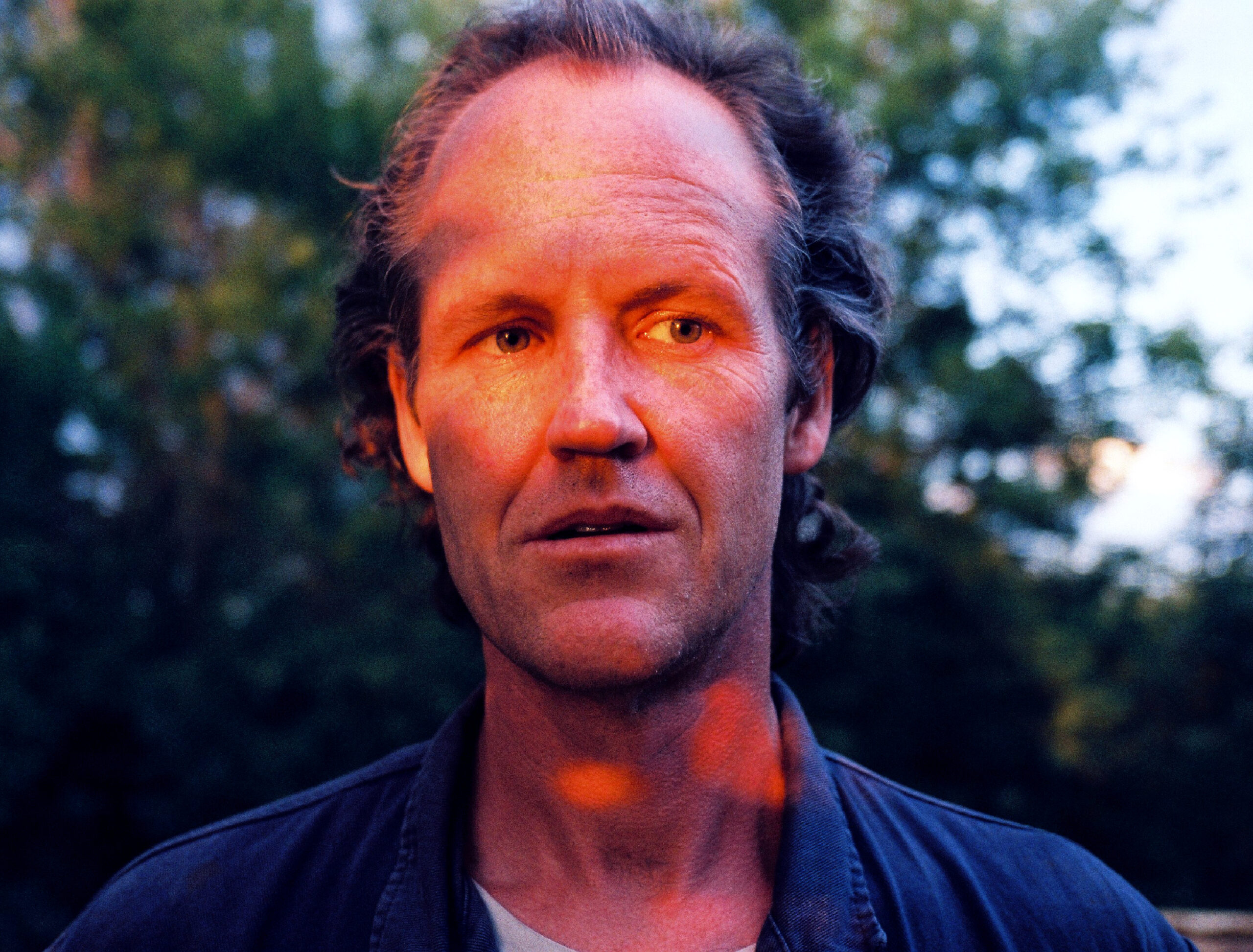Search
Ariane Varela Braga

Fellow
2022 - 2023
Art history
Biography
Ariane Varela Braga is an art and architecture historian. She has taught at the Universities of Zurich (2014-2019), where she is preparing her habilitation thesis, and Geneva (2019-2020), and as a visiting professor at the University of Milan (2022). Her research has been supported by the Max Planck Institute for the History of Art-Bibliotheca Hertziana, the Swiss National Science Foundation and the Fondation Gandur pour l’art. In 2021, she was awarded an André Chastel Fellowship from the Villa Médicis and the Institut national d’histoire de l’art. A former member of the Swiss Institute of Rome, she is a research associate at HISTARA/EPHE and co-founder and coordinator of NeReMa-International network for research on marble and decorative stones. Her research lies at the intersection of art history, architecture and material culture. Her doctoral thesis, defended at the University of Neuchâtel in 2013, was published under the title Une théorie universelle au milieu duXIXe century. The Grammar of Ornament by Owen Jones (Campisano, 2017). She is the author of several articles and books on the theory of ornament, Orientalism in the decorative arts and architecture, and marble. In parallel with her research activities, she is an independent curator of exhibitions on the arts of the 19th and 20th centuries.
Project
Her research project at Villa Medici, entitled “MARBLE. Identity, memory and materiality, from Italian unification to Fascism”, focuses on the symbolism of marble and its use in Italian architecture, from the unification of the nation to Fascism. It aims to explore the link between material, materiality and collective identity at a time when the search for an Italian artistic and cultural identity, between tradition and renewal, became crucial. Focusing on Rome, the project considers the emblematic uses of marble in monumental and institutional architecture from the late 19th century to the Ventennio period (1922-1943), and the narratives and discourses developed around its use, from a perspective at the crossroads of art and architecture history, memory studies and anthropology. The aim is to understand the ideological, political, economic, technical and artistic mechanisms, practices and issues that led to the “creation” of marble as a “national” material representative of Italian culture and identity.
